

After 10 years abroad and counting I’ve distilled my digital nomad packing list down to what’s absolutely important, and updated it for 2023.
This digital nomad packing list is from Digital Nomad Escape Plan. If you have anything to add, readers would benefit from your thoughts in the comment section so please don’t hesitate to leave one.
This digital nomad packing list is huge –bookmark it with Pocket and save it for later.
Table of Contents
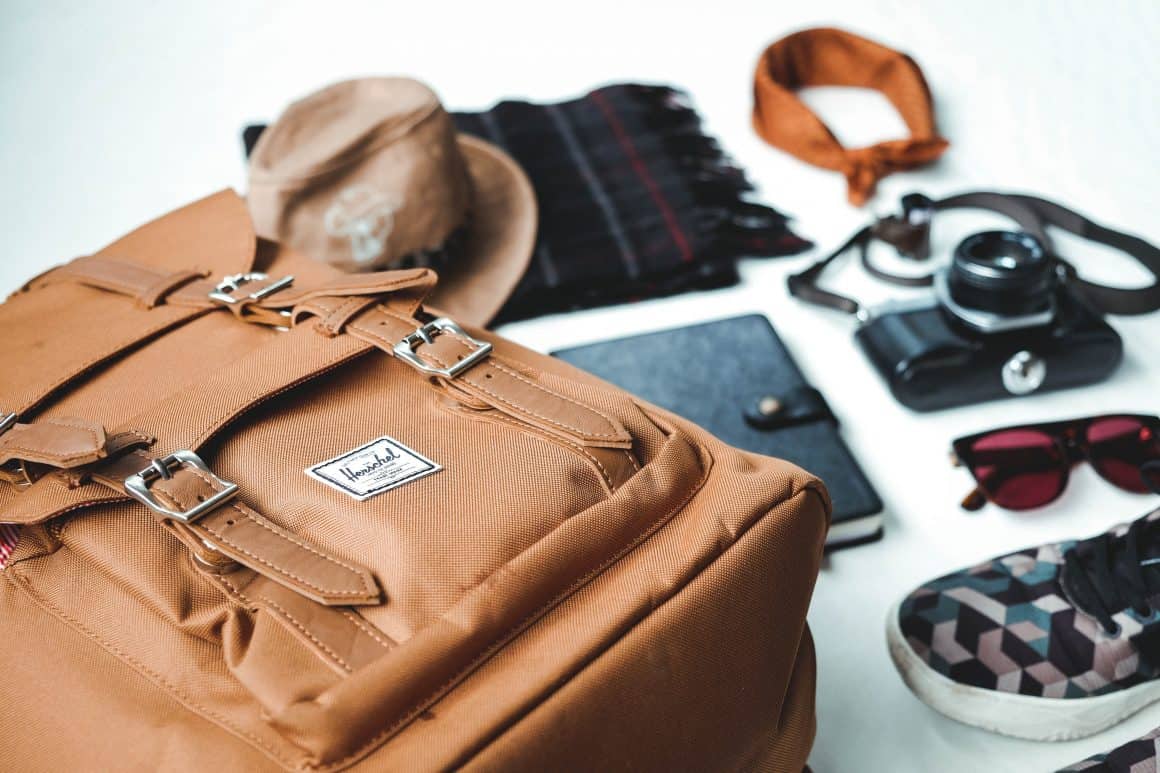
Digital Nomad Gear We Use and Trust
Deciding what ultralight gear and travel essentials to put down on your digital nomad packing list is the hardest part of going nomad, and I know this blog caters to a wide variety of people from young Millennials to retiring Baby Boomers. I am going to cover the bones; your travel necessities.
Despite my own previous fascination with scouring the web for digital nomad pack lists, the truth is that most “must-have” travel accessories aren’t –and you could survive just as easily and affordably if you were born yesterday and sent abroad without anything but the clothes on your back, insurance, a laptop, international bank card, and your passport.
Do not worry about forgetting anything, and do not become overly obsessed with your pack list. Do not pack for eventualities or “just in case” situations. Easier said than done, I know.
Want 4-Hour Workweek for Free?
Right now you can get the 4-Hour Workweek audio book for free if you sign up for Audible and grab a 30-day free trial. Cancel anytime, no questions asked.
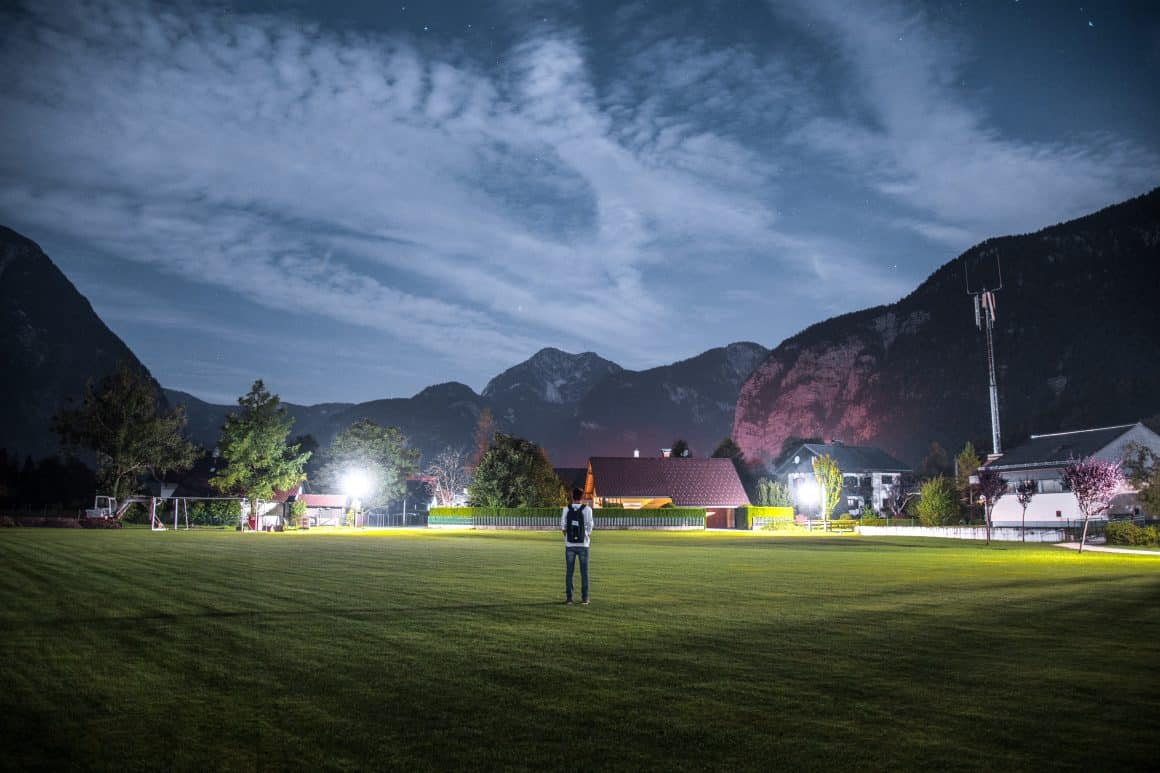
Just Pack for a Week, That’s It.
I’ve been able to travel with nothing but carry-on luggage for years with selected items on this digital nomad packing list, and I still re-evaluate my belongings before every relocation in a vain attempt to reduce the load to a one bag packing list during my nomad travels.
With a few exceptions, you can pack for a week of travel and work it out after the fact –although my list covers things for all walks of life so you might want to omit some items.
Those wheeled suitcases don’t bode well in Southeast Asia due to high pedestrian traffic and uneven, obstacle-course-like “sidewalks”. Using bulky suitcases obligate you to find a place to check-in right after your arrival, whereas the best ‘good digital nomad backpack’ will allow you to rove around town and settle in before deciding where to hang your head for the night.
The key to remember is to disregard anything you do not need when you want to move somewhere. There are plenty of digital nomad groups on Facebook to trade goods between those arriving and those leaving popular nomad destinations which are great for this. Some apartment buildings I have lived in also have private Facebook groups specifically for digital nomads for this purpose, so be sure to search for your apartment building name on Facebook Groups.
Less is more, and spending less on “stuff” (aka “filler”) will free up hard earned cash for select, authentic, quality items that will last longer, can be repaired, carry a lifetime warranty, leave a lasting impression, fit easier into digital nomad luggage, etc.
As mentioned previously, 7-Eleven carries just about every toiletry, personal care, or hygiene item you may need while in Thailand so I only included items you need during transit in this list.
And if you’re going to put any “refillable” items on your digital nomad packing list –a best example being a razor– don’t. A lot of the products available back home are different from those in Thailand and may not be compatible.
Lastly, carry a nylon dry bag in case you need to carry smelly items or get caught in the rain (or a Songkran soaker parade) and keep all of your papers in an easily accessible place, separate from other belongings.
So, how about we recap these digital nomad packing list rules:
- Only use a carry-on, never check your luggage (unless you brought a blender!)
- Don’t carry items you rarely use and can acquire on the ground for cheap (i.e. raincoat, basic medicines)
- Carry a nylon water-proof bag to protect specific items from getting wet
Special Discounts for Lonely Planet
Check out Lonely Planet’s book shop for more travel information. With our link you are eligible for discounts other people won’t receive, and free shipping on orders over $40 USD (or $50 CAD).
They often run Buy One, Get One deals –so check it out.
Visit Lonely Planet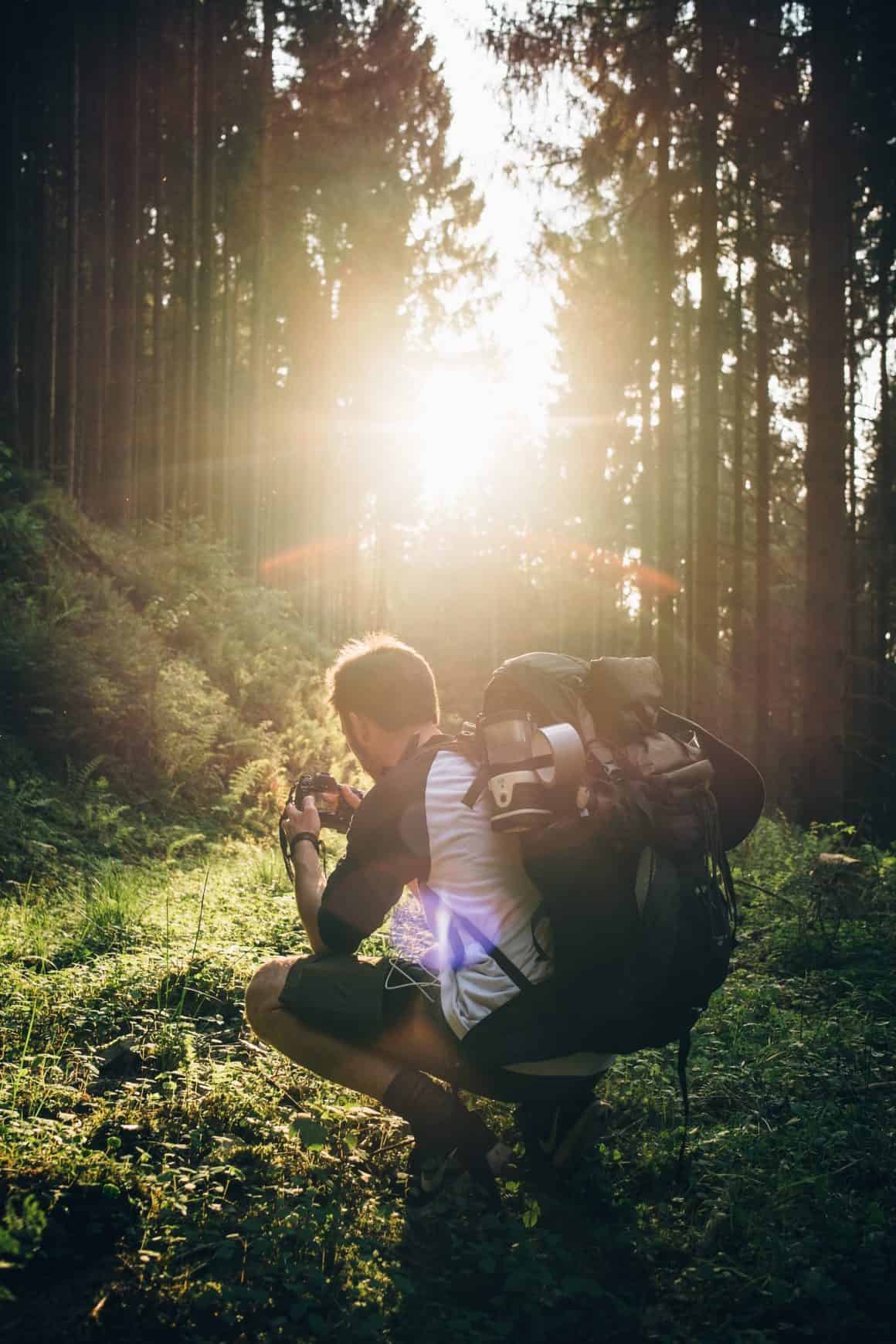
Digital Nomad Packing List
Below you’ll find everything you need for your digital nomad packing list, and then some.
I’ve used affiliate links, but please don’t think for one minute that I added anything to this list for the sake of a commission. It takes years to build a reputation, and only one wrong product placement to lose it forever.
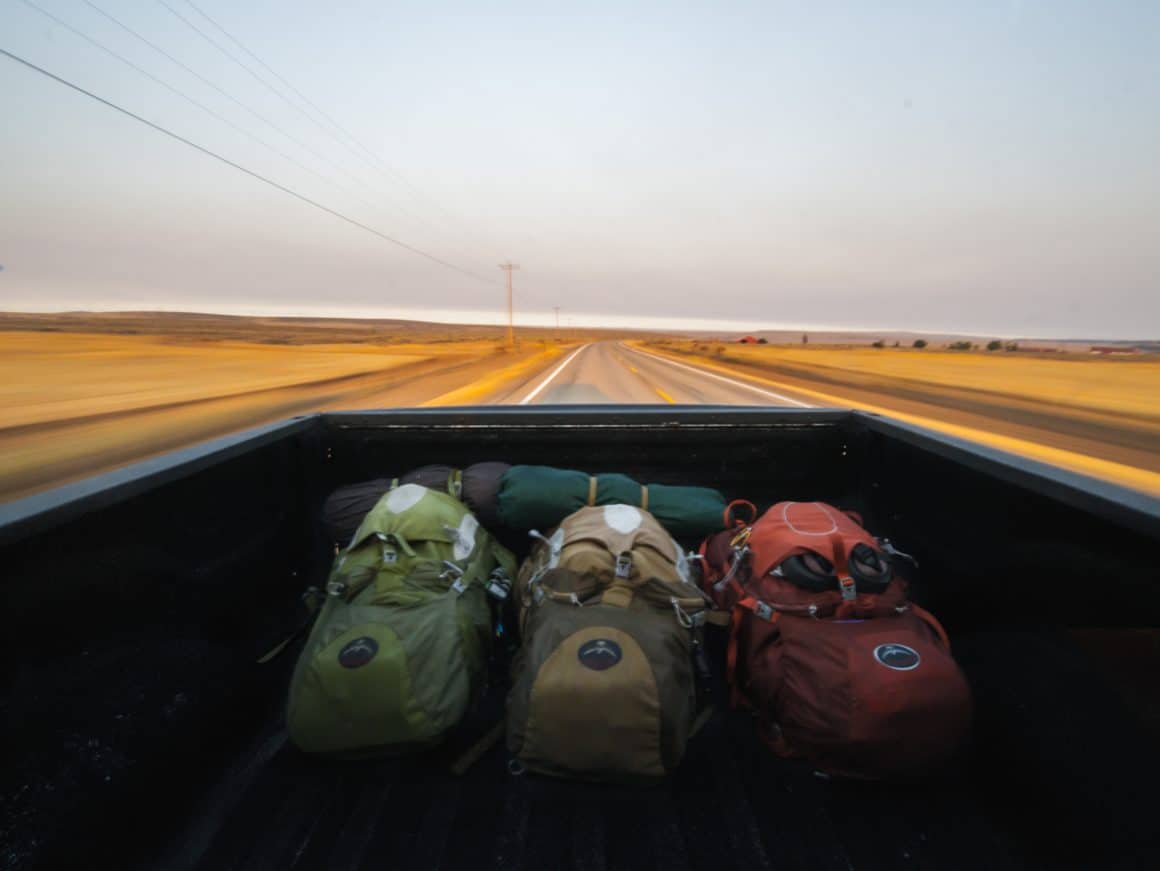
Best Digital Nomad Backpack(s)
I selected two backpacks for this line item on my digital nomad packing list, however I only use (and am in love with) the first option.
The second option is presented because it looks like a great product, and was actually developed by Nomads, for Nomads through a Kickstarter campaign some years ago.
Option 1: Osprey Farpoint 70 –the Best Digital Nomad Backpack
The Osprey Farpoint 70 is a little large for my needs, and I keep it 2/3 full at all times, except for when I visit home. That 1/3 of space will be great for gifts for nieces and nephews.
This pack meets several key requirements I think all of you may need to consider when making your digital nomad backpack purchase(s).
Clamshell opening
The Osprey Farpoint’s ability to open “clam shell” style allows for non-linear access to your items. Simply put, no first-in-first-out nonsense, digging through your bag at inconvenient times, etc. You can open part of the bag, or you can peel back the entire top flap of the bag for equal access to objects anywhere within it.
Detachable Day Pack
The Osprey Farpoint also comes with a detachable day pack which I use every day, only using the larger portion of the pack for relocations.
The day pack will fit a laptop, assorted electronics, journals, maps, books, change of clothes, shoes, etc.
You can also detach the day pack from the face of the Osprey Farpoint and strap it to the front of your body while still being connected to the central pack on your back. This is great for crowded areas when you don’t want your laptop packed out of your peripheral vision.
Warranty
Osprey packs a lifetime warranty with each of its backpack models, which to me, says a lot. It’s one less thing to worry about. They sell Osprey bags at Maya Mall in Chiang Mai, too. It’s quite likely you could arrange a swap in an emergency if you call Osprey directly. If not, ship it back and they’ll replace it.
Great Carry On
Technically, the 70-liter Osprey Farpoint shouldn’t be an acceptable carry on. Shhhh! Don’t tell anyone. However, I’ve been able to get away with it on every flight I’ve taken this bag on in over 2 years. The reason? It can transform into a duffel bag.
All of the bulky straps and be tucked away easily behind a giant flap that is hidden at the bottom of the bag. Once the straps are out of the way and you use the side handle with the flap side out, the bag appears much more streamlined and fits easily into the overhead compartment.
Your only obstacle is weight, but I’ve also been lucky in that my bag has never been weighed, and I can squeeze it into the metal cage used to determine carry-on size allowance. The trick is to act like the bag is really light and hide your wincing!
If you’re concerned about not being able to pull off using the Farpoint 70 as a carry-on, you and I could both easily get away with using a Farpoint 55.
Option 2: Minaal Carry On
A bag I do not use, but is still worthy of this digital nomad packing list.
The Minaal 35 liter pack is engineered to be the ultimate carry on and also looks a little more “flash packer” –meaning it’s easy on the eyes, and is a high quality pack.
It too is a clamshell bag, allows you to zip away straps, fits all major airline carry-on dimensions, and also comes with a slide-on rain cover. Electronics stored within it are also housed in a suspended sleeve, so not matter which way it hits the ground, your gear won’t pay the ultimate price.
No day pack though, so for now, I will stick with my Osprey.
Wallet and Paperwork
I keep all of my important documents inside a wallet inside a waterproof toiletry style bag. If I required any medications, I’d keep them there with copies made of their prescriptions, too.
Worth mention is that I have two wallets; one for all of my needs on the road, and a light-weight RFID-blocking front pocket id wallet for when I go out.
When RFID cloners are available for as low as five bucks on the internet, having an RFID blocker wallet might be a good idea.
My larger wallet is a “#balla” wallet, also designed by Nomads for Nomads (Terry Lin). It can easily store a number of cards, currencies, passport and you can store your Departure Card without folding it.
The #balla wallet is now called the Baller wallet, and you can pick one up here.
Some travel packing list items I keep together in my documents bag include;
- Boarding pass
- Passport
- Copies: Passport, cards, ID, itinerary
- Thailand Departure card
- Cash in 2 or 3 different currencies (lately Kip, USD, and Thai baht)
- SIM cards for every country I visit
- Extra passport photos
- Bank cards and credit cards
- Rabbit subway pass for when in Bangkok
- ID from home country such as Driver’s License, Health Card, etc.
- 2 pieces of mail to my home address in Canada; utility bill and bank statement for new account verification purposes (i.e. Transferwise signup)
I elaborate on paperwork and accounts to setup in advance in much more detail on an article called How to Become a Digital Nomad, Step-by-Step.
Travel Insurance, Simplified
We recently reviewed World Nomads and Safetywing, the top two travel insurance providers among long-term travelers and digital nomads.
Safetywing is incredibly economical, but is it comprehensive enough for your needs? World Nomads offers more coverage, but is it too much?
Find out, read our side-by-side comparison.
Learn More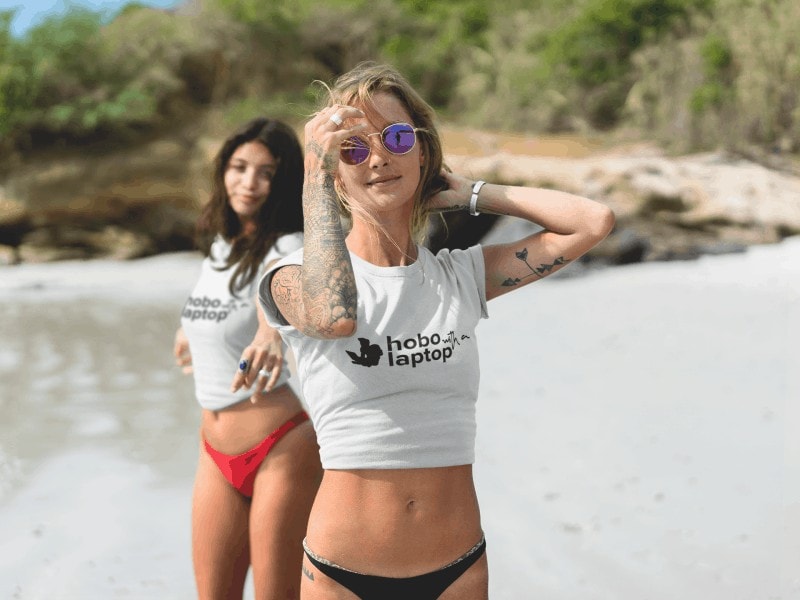
Toiletries and Personal Care
Many long-distance flights (on Etihad, for instance) will provide you with sleep masks, toothbrushes, toothpaste, and so on. This list is for anyone who doesn’t want to chance it;
- Toothbrush
- Toothpaste
- Floss
- Eye mask
- Inflatable neck pillow
- Cologne
- Antiperspirant
- Condoms
- Gravol (for stomach issues or as a sleep aid)
- Wahl electric beard trimmer
- Earplugs
- Travel towel (microfiber)
- Nail clippers (once had to leave them behind at airport security)
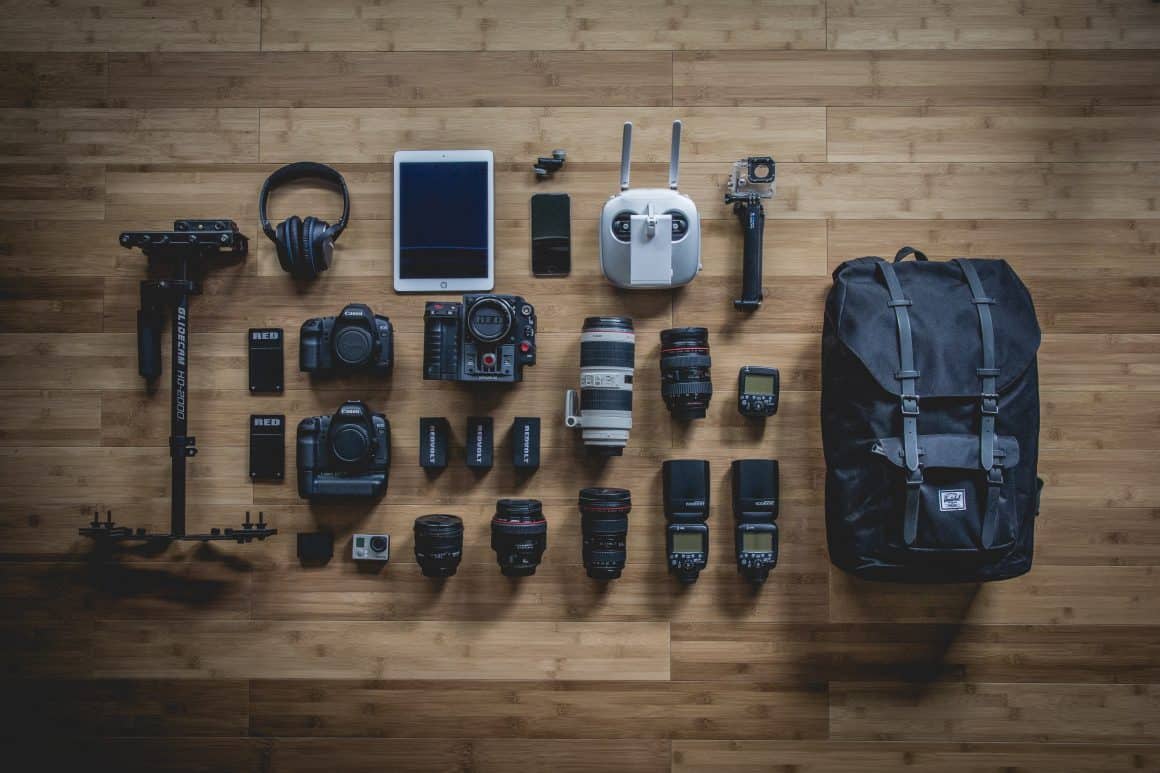
Electronics Checklist
The Essential SteriPen
While living in Ao Nang Beach area of Krabi, Thailand, I made friends with a hostel owner. He found a strange “flashlight” left behind by a backpacker and he didn’t know what it was for, so he gave it to me. And I am so happy he did.
I wasn’t sure what it was at first, but later it would become the most important travel accessory on my digital nomad packing list: The SteriPen.
It uses ultraviolet light to purify water to destroy (or render unable to reproduce) 99.9% of harmful bacteria, viruses, and protozoa. In other words, it prevents traveler’s diarrhoea. This is a big deal if you ever need to drink tap water in a jam, or go trekking. Do a little research yourself, but you’ll find that I lucked out and ended up with the best one on the market.
This Powerbank Will Charge Your Laptop
Most powerbanks won’t have the power delivery to charge your USB-C powered laptops quickly (if at all), but this one can.
The behemoth 26,800mAh Anker PowerCore+ comes with a 30W high-speed charger for phones, tablets, and USB-C laptops. The battery has 1 USB-C port and 2 USB (5V/3A) ports. It’s capable of charging most phones over 7 times, tablets at least 2 times, and notebooks at least once.
The reviews on Amazon are spectacular, check it out for yourself.
A Note on Smart Phones
Ensure that your smart phone is unlocked to work with any carrier and can tether its data connection to your laptop by cable or wirelessly via WIFI or Bluetooth.
It is now legal to be able to unlock your smartphone in the USA and Canada. Unlocking means allowing the phone to work with any carrier, “jail breaking” is something else entirely.
When I came to Thailand, my Canadian carrier had a steep cancellation fee so I gave my phone away to a friend and had them resume my contract. I picked up a used phone in Bangkok at MBK, but you can pick one up anywhere.
If you’re about to upgrade your smart phone before you leave –don’t. An iPhone in Canada isn’t the same as an iPhone in Bangkok. They are designed for frequency bands that are common in the countries they’re shipped to and have small differences under the hood that can translate to big challenges, later on.
You may find your reception poorer than it could otherwise be if you come with a “fresh off the boat” phone model. Try to purchase locally, wherever you’re going to be spending the majority of your time.
Digital Nomad Gear Breakdown
- Smart phone (Get your phone unlocked by your carrier in advance!)
- Mac Air (with sleek protective skin) or a Dell XPS 13 9380 (2019) with Ubuntu/Windows 10 dual boot (pictured above)
- Additional portable LCD monitor and/or laptop-to-TV HDMI cable (for hotel TVs)
- Ledger Nano S cryptocurrency wallet (related: 5 Types of Crypto Wallets, Explained)
- External hard drive
- 3x 128 GB USB stick, 1 with my operating system on it for quick reformats
- Portable speaker with built-in battery (also available at 7-Eleven)
- Kindle ebook reader
- Wireless earbuds
- GoPro Hero 6 and travel accessories
- USB rechargeable battery pack / power bank
- SteriPen for (tap) water purification, make water drinkable
- Personal GPS Tracker for your safety, or to track luggage, pets, or kids
- Next purchase: DJI Mavic Mini drone (the very best ultra-portable drone on the market according to reviews)
Skyroam Solis International WiFi Hotspot
The Skyroam Solis personal WiFi hotspot is everywhere; it seems that every digital nomad packing list, travel blog, and anyone living the laptop lifestyle is praising this portable international hotspot as the ultimate tool for business travelers.
The Skyroam WiFi hotspot is a 4G LTE personal hotspot that does not require a SIM card and works in 130+ countries including North America, South America, the Middle East, Europe, Asia, Australia, New Zealand, and Africa.
Skyroam is a prepaid device that has no contract, costs $9 for 24 hours of unlimited data, and sports a built-in 6,000 mAh battery that doubles as a power bank, or for 16+ hours of functional internet usage when there’s no plug in sight.
Check out the Skyroam Solis for yourself. I negotiated a special discount for Hobo with a Laptop readers, use Skyroam promo code HOBOLAPTOP for 10% off (or more).
Best GoPro Accessories for Travel
We finally put all of our GoPro travel accessories in a single blog post, check it out.
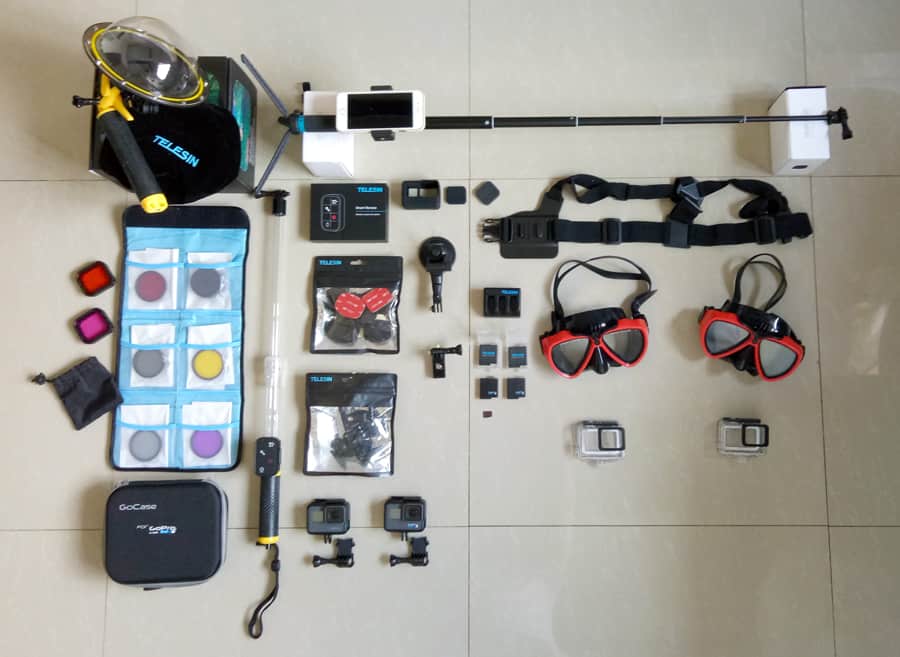
Special Note for Udemy Instructors, Podcasters, and other Media Producers: While there are a handful of recording studios in Chiang Mai, it might be best to pack your own additional recording gear like a Blue Yeti microphone or tablet you use as a teleprompter.
Clothing to Pack
In hindsight, I learned that when it comes to what clothing items to put on your travel packing list; you could happily arrive with two sets of clothing and pick up the rest on arrival for the most part.
Dress shirts can be custom made for cheap, and t-shirts, flip-flops, shorts, swim shorts, etc. can all be purchased after you settle in on a need-to-wear basis. Department stores have some pretty alright leather sandals with great support for $10 in much of the world, there’s no sense in lugging it across the planet.
However, if winging it was your thing, you wouldn’t be reading this travel guide! Today, this is what I carry and it’s a bit excessive;
- 1 pair of socks
- 3 pairs of shorts
- 3 pair swim shorts for the pool or working out
- 1 pair pants/jeans to travel in
- 5 t-shirts
- 7 underwear
- 1 belt
- 1 medium weight sweater
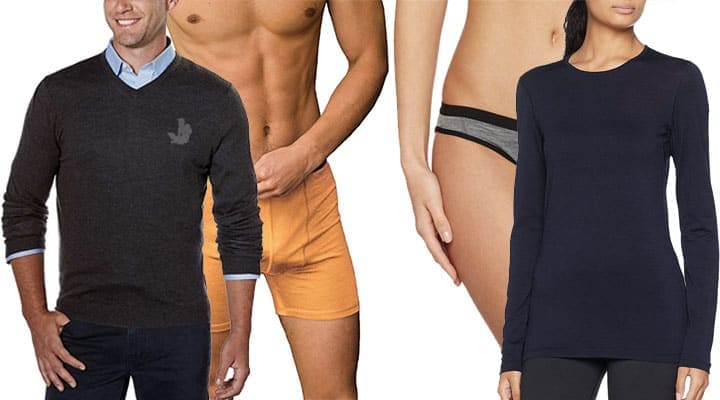
Suggested Fabrics
I strongly suggest that anything which is normally cotton –make it Merino wool when you’re researching items to put on your digital nomad packing list before you leave (it’s harder to find on the road).
Merino wool pulls moisture away from the body in ways cotton never could, it reduces or eliminates odours naturally, regulates temperature (warms you in cold, cools you in heat), and it retains its shape much better than cotton. Merino is also stain and UV resistant, so it ages gracefully. Anything you purchase in Merino wool will outlive its cotton competitor by many years.
So that means Merino wool is ideal for t-shirts, socks, and underwear. Some popular Merino brands include Icebreaker, ExOfficio, Patagonia, and Ibex.
I Pack an Abnormal Amount of Underwear
Yeah, I carry about 2 weeks worth of boxer shorts and I stock up whenever I pass through Bangkok; for $5 you can get what I assume to be a high quality knock off Calvin Klein, Armani, Aussie Bum, Andrew Christian and other typically expensive brands.
So –why do I do this? Simple: I can get away with doing laundry once every 2-3 weeks.
Laundry is a pain in the ass in Asia if you’re on the move and who wants to clean their gitch in the sink every night before bed?
Digital Nomad.. Pants?
For stylish pants, I strongly recommend Bluffs. They are incredibly durable, wrinkle-free even after being balled up in a bag for 2 weeks, quick-drying, machine washable, and very breathable which makes them ideal for warmer climates. If you choose to only bring one pair of pants, these are ideal for work or pleasure.
ICONSPEAK T-Shirt
The ICONSPEAK t-shirt simplifies communication when there’s a language barrier.

From their website: “When were you the last time in a situation where no language or hand gesture that you master was sufficient to get you what you wanted? Imagine you are abroad – in a foreign country, in a foreign culture, maybe while travelling the world. That’s what we did, travelling the world – partially, well the three of us combined almost completely.
In the furthest and deepest corners of our world we were repeatedly left with no words, either in breathtaking awe due to the sceneries or in empty silence, due to our lacking linguistic talents. Such situations got us thinking about how to bridge language barriers with utmost simplicity, on a global level. The answer came to us after a remarkable experience in the depths of Vietnamese backcountry. .. With ICONs, you can SPEAK, you can SPEAK to the world.”
Just be wary of Amazon knock-offs, where buyers complained of smaller, misaligned, fuzzy-looking icons.
Footwear
I brought shoes with me, however I picked up my sandals in Pai. There’s a really great street vendor that sells flip-flops there that are made completely out of comfortable yet durable rubber.
Just about every vendor sells flip-flops, so you could likely skip packing them initially. Rubber is the way to go for your day-to-day sandals, foam simply won’t do.
I now own three pairs of footwear;
- Blundstone boots for travel, inclement weather, and travel in dangerous places
- Jogging shoes that double as “water shoes“
- Quality rubber/leather flip-flop sandals
I love my Blundstone boots because they come with a two-year extended manufacturer’s warranty and they slip on without laces that can wear and break. The road is long and dirty; these boots are easily cleaned and more comfortable than a pair of Doc Martens.
Best Deals on Amazon
If you’re looking for the best deals on Amazon I suggest checking their discounted overstock outlet.
Products in this tucked-away category on Amazon are typically brand new; a business is selling them at a discount because they ordered too many and they didn’t sell as well as they’d hoped.
Must-Have Unforgettables
There are precious few items you can’t afford not to pack because you may not see them again until you return home. Some examples of this are as follows;
Products are clickable to view on Amazon, and strongly advised. When you’re on the move, there are no alternatives. Either you bring your own, or you’re f*cked.
Sanitary Wipes
Because the world is gross, I take these with me everywhere. Imagine all the uses –if the original MacGuyver was your grandpa, he’d give you sanitary wipes for Christmas instead of socks because nothing beats them when traveling.
Worth note –the other sanitary thing? If you use tampons and plan to head to Asia, stock up. They’re a rarity in those parts.
Condoms
In Southeast Asia, sizing is a little different at your local 7-Eleven when it comes time to buy condoms –as does their quality if they’re shelving lower quality local brands. Don’t take the risk, stock up.
Starfrit Can Opener
Unusual, yes. But a can opener will help long term travelers who might want to skip eating out and have food from a grocery store at a lower cost.
The can openers you find on the road will never compare to the quality and durability of this specific can opener. They last decades, I know from experience. A great gift for anyone going to college, too.
Visine Eyedrops
There’s no eyedrop like Visine Red Eye Triple Action; it will cure what ails ye, if it relates to your eye.
City pollution, forehead death sweat, nasty subway dust, not enough sleep, too much sleep, jet lag, blue light, drinking, or other substances can make your eyes look funny when local eyedrops suck.
Want More Nomad Gear?
Oh, we got more.
Unique Travel Gift Guide
We’ve got a bunch of awesome gear on our Big List of Unique Travel Gifts for Nomads you may want to take a gander at. Here’s a few items on that list:
- Waterproof Amazon Kindle Paperwhite
- Ultra-light portable projector
- Moleskin notebooks
- Dry-erase marker for windows and the fridge
- Water canteen (for water refill stations)
Nomad Travel Insurance
And of course travel insurance is an absolute must. We’d be remiss to leave it out of this list, so we went a step further and compared two popular nomad travel insurance companies, side by side.
Solo Female Travel Packing List
Looking for a digital nomad packing list for solo female travellers? My wife made her own, and you can find it here.
Digital Nomad Banking
Open electronic money accounts in 29 currencies, enjoy lower fees, use Apple Pay, get your card mailed wherever you are –and get paid faster than PayPal. Signup for more information, or read our review.
Did we miss anything? Let us know in the comments.




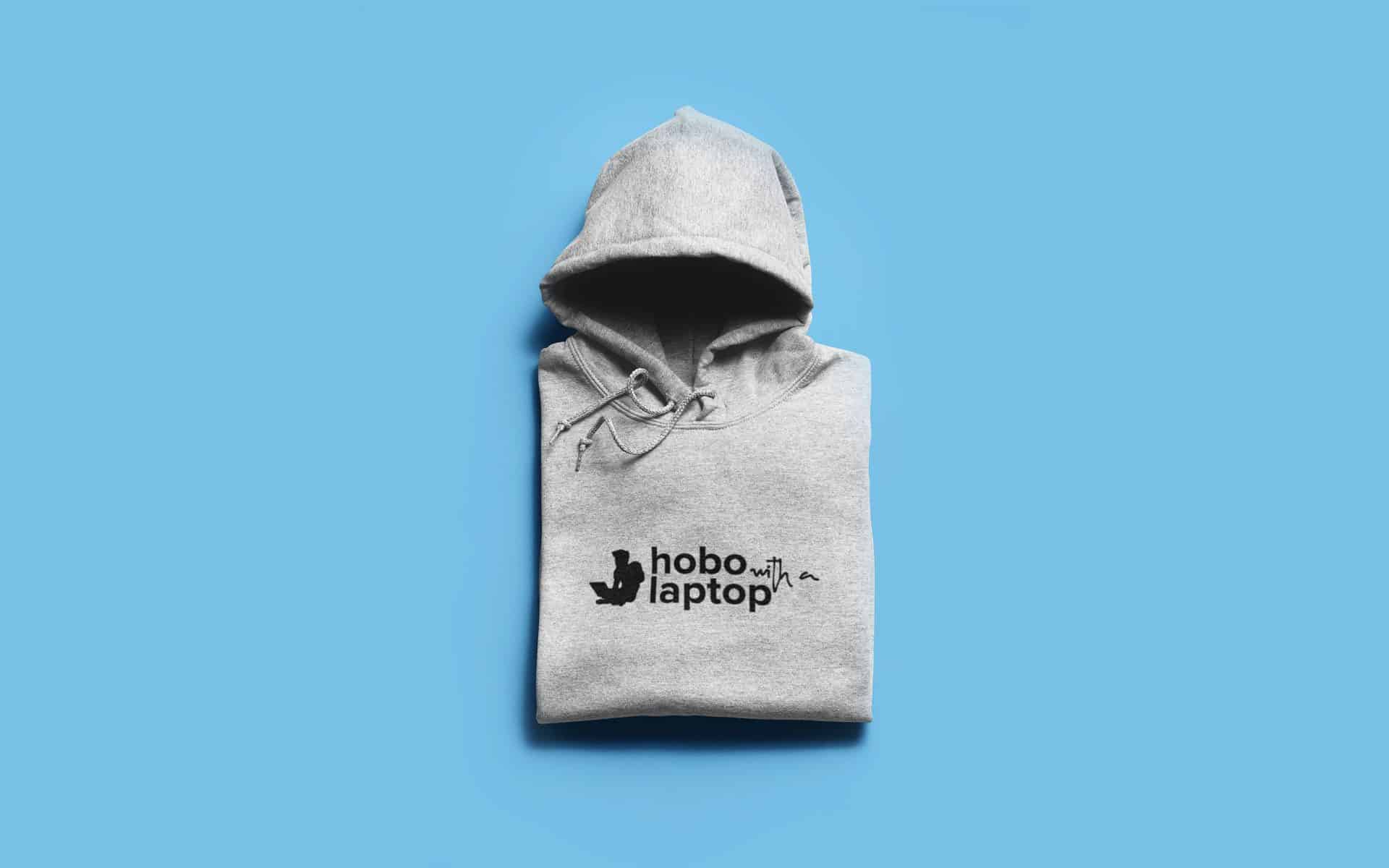
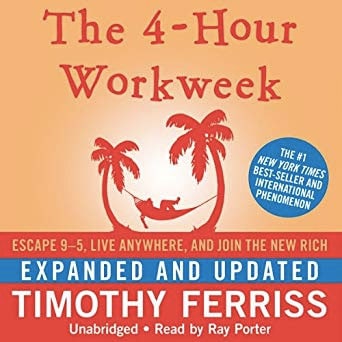
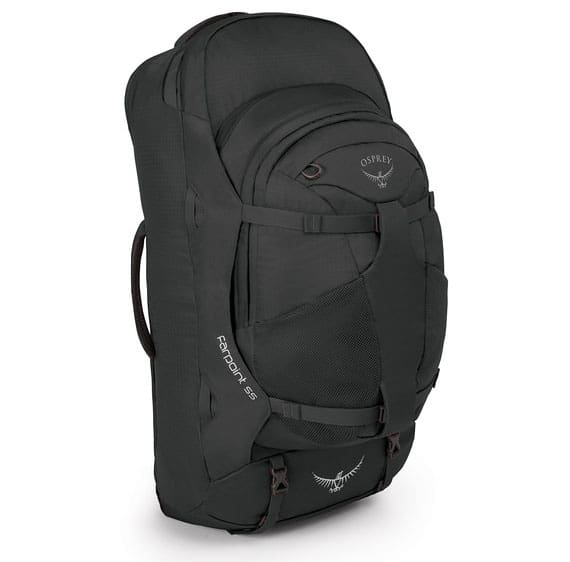
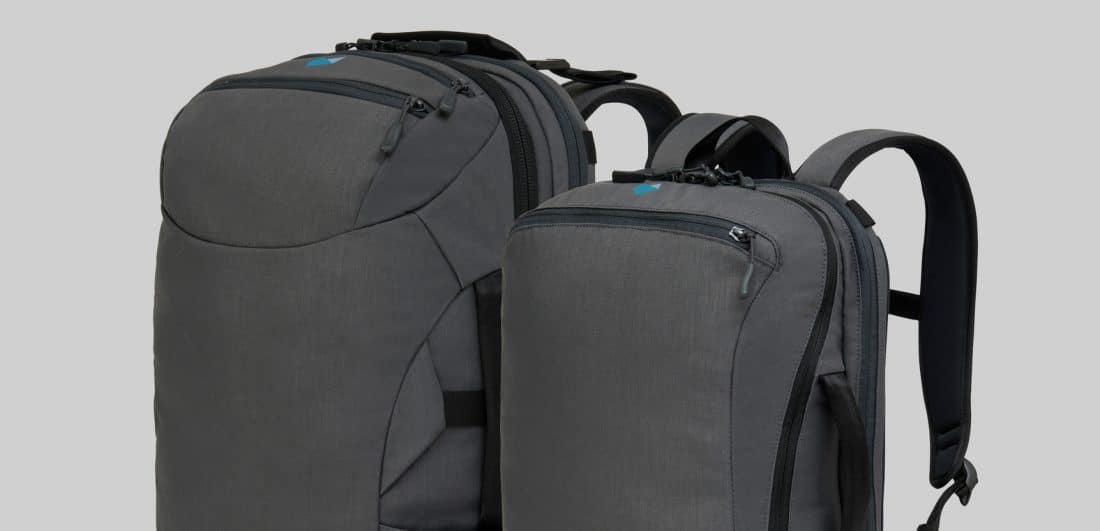

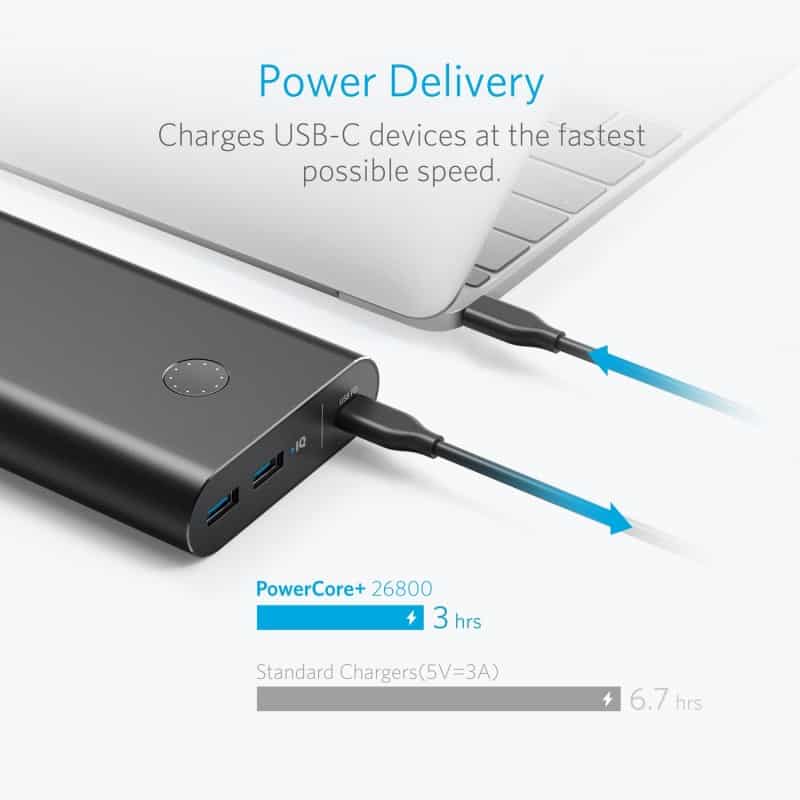
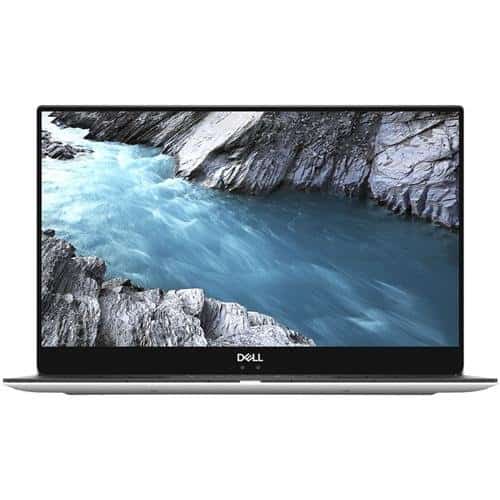
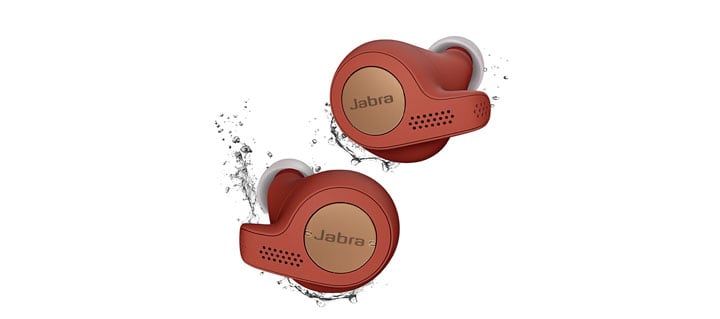
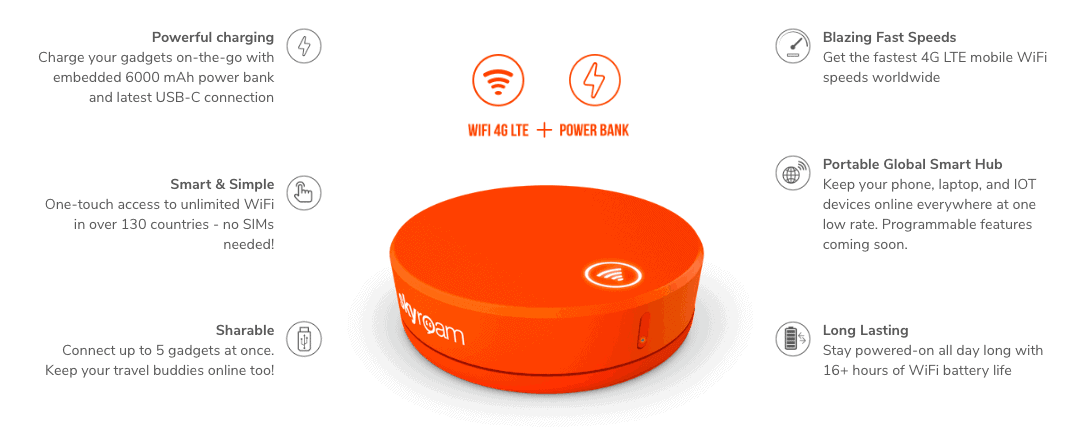
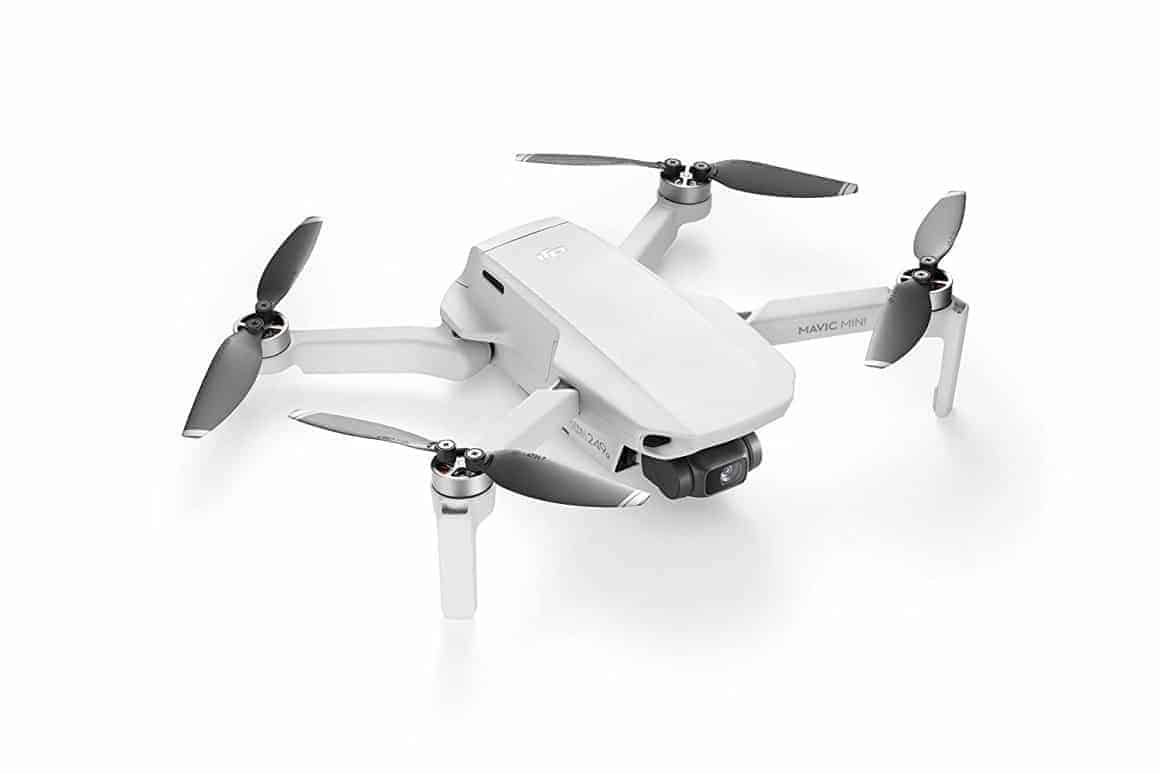
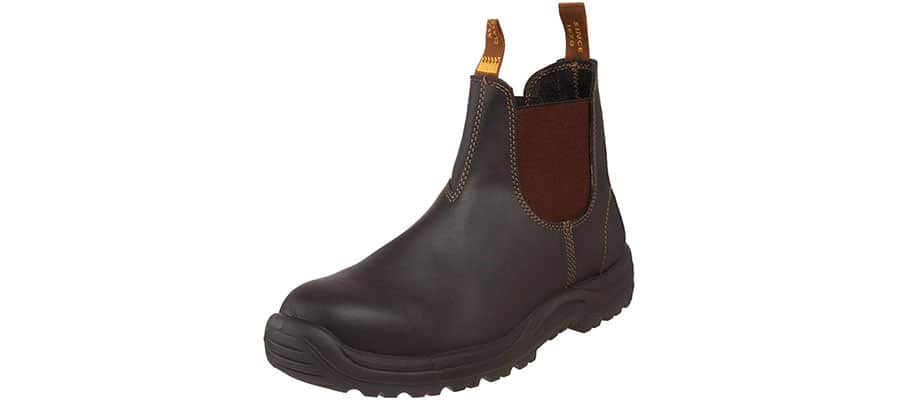
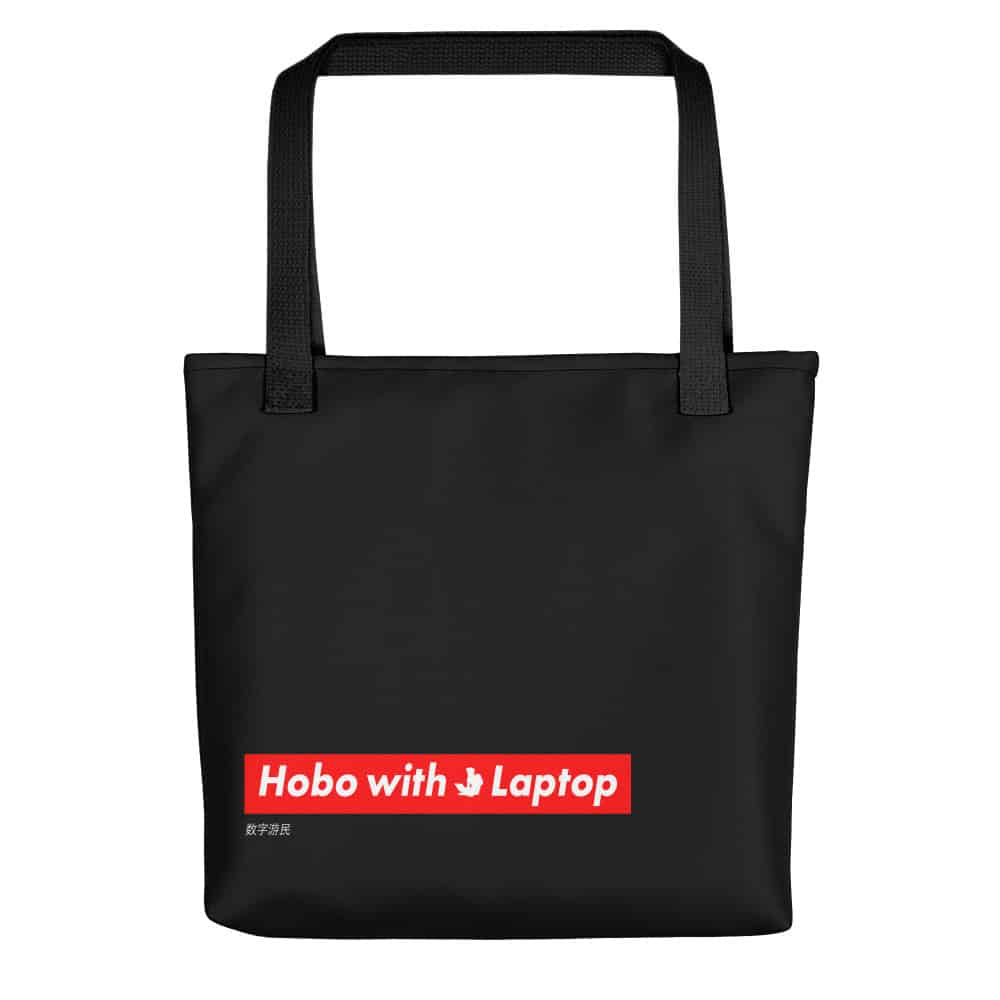

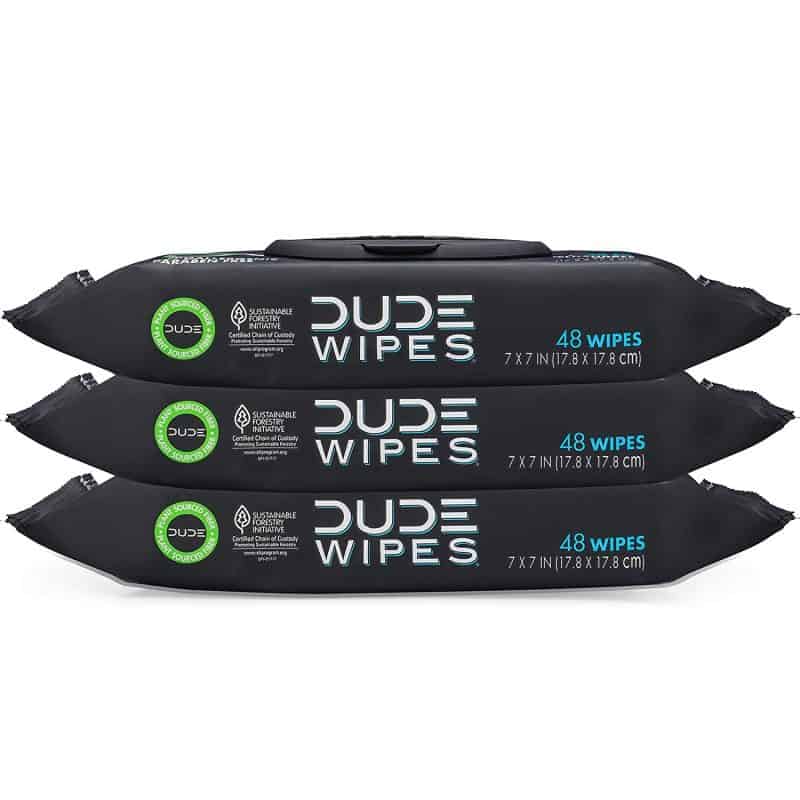
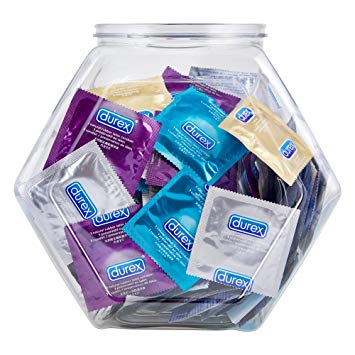
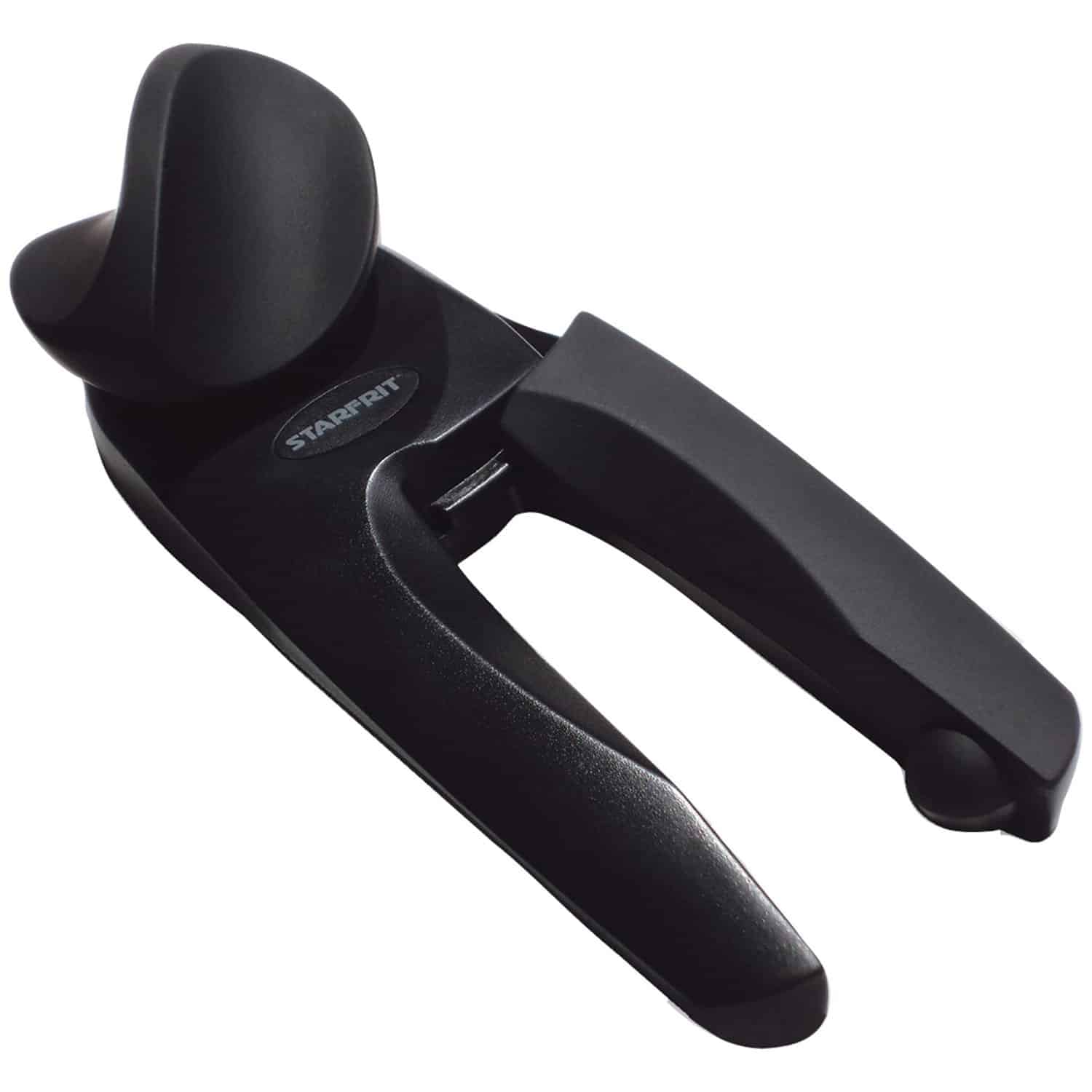
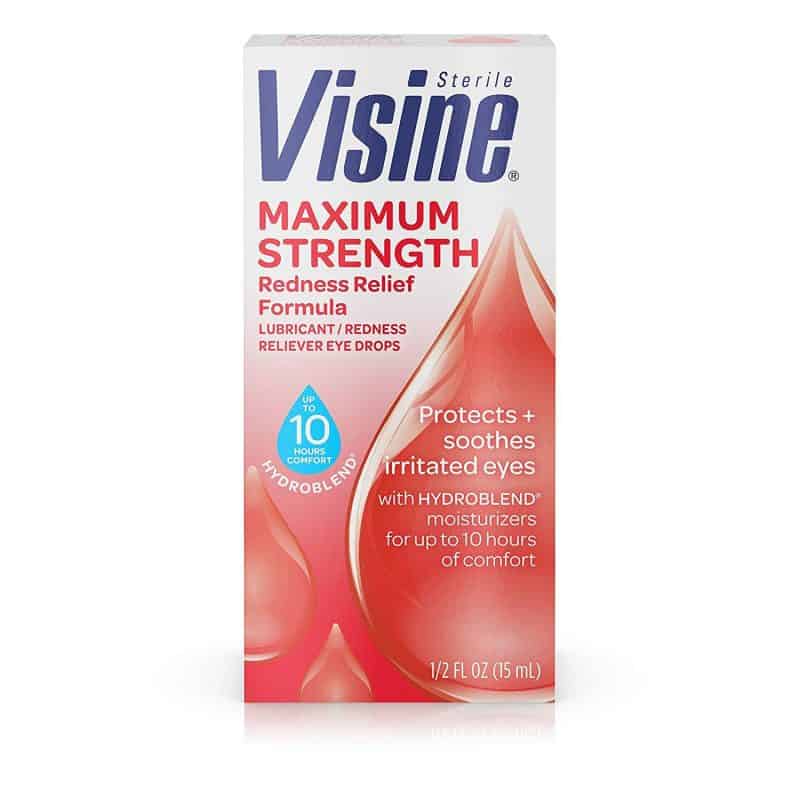

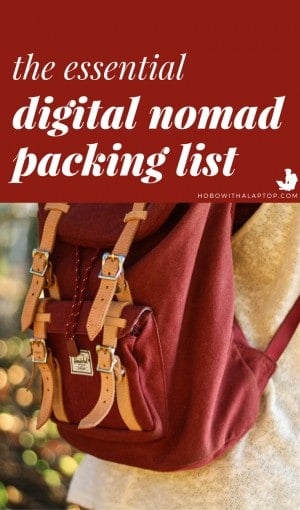
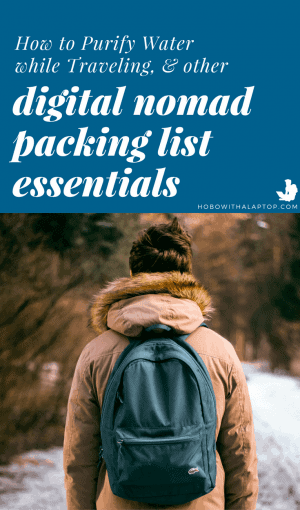
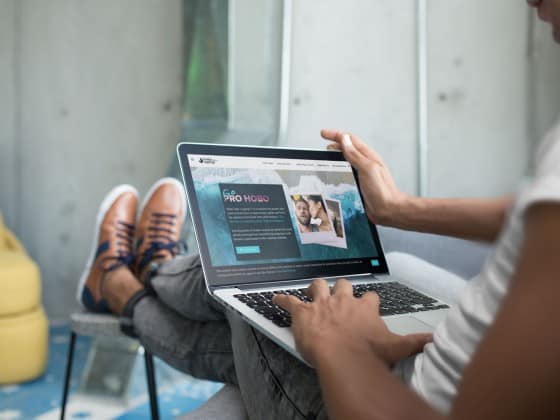

17 comments
I am surprised there is no iPad in your gear list.
Appreciate the suggestion Cameron, iPads are a great digital nomad packing list addition for a lot of people.
Personally, I don’t use a tablet productively enough to justify having one in my backpack. I’ve had different sizes of iPad over the years and at one time I worked exclusively on an iPad mini! It was alright for what I needed. Still got a Mac Air in the mix and Oshin has an iPhone 6 (and a waterproof Kindle) but I think after these Apple products go, that’s the end of it.
Love the Apple OS though, just no longer a fan of the hardware. (Shout out to Dell XPS 13 with Ubuntu!).
Thank you Michael ! The article is very helpful for me and for everyone preparing to have a trip of their own.
Thank you
Cicero
Love the article! Super helpful. After three years of
continued travelling I’m still living out of my pacsafe carry-on backpack (they’ve unfortunately discontinued my model). Anyway, maybe it’s because my nomad lifestyle has become a bit more chill, but I have found myself starting to dread the backpack (even though it’s great). I’m storing it with friends and taking a simple Kmart carry-on suitcase for the next trip.
Unfortunately I’ve accumulated a lot of additional stuff like full motorcycle leathers + boots + helmet while traveling Australia. This is the only time I really wish I had storage somewhere, because that stuff was expensive!
Great comment, thanks Kira! I agree, I hate using a backpack as well. Lately I just use a carry-on I got on Lazada and don’t use my giant Osprey at all. But I’m only able to do that because I’ve got a storage unit in two regularly traveled locations. Even when I go to Canada for an extended trip, just a carry on.
Thanks for stopping by our digital nomad packing list. Big love from Palawan!
I’m planning g in br ink g a digital nomad in April and have just found your website. It’s brillisnt and soooo helpful. Thank you.
I have a question re MacBook versus iPad Pro. I’m a Mac person so despite the cost have decided to stick with apple. But I currently have a Mac mini for my desktop and a very old iPad Air. Am I best to buy a MacBook or the latest iPad Pro to travel with? I’m going to be blogging, writing a book and using zoom to do business coaching. Huge thanks from a novice;)
Hi Philippa, thanks for the kind comment! When I became a digital nomad, I pivoted in my career and in the activities I did on my laptop. While an iPad may suit your needs today, it may not tomorrow. I suggest you pick up a laptop instead of a tablet.
If you secretly want a shiny new Macbook, let me be sign you’ve been looking for ? Splurge!
Thanks again for stopping by, don’t be a stranger!
Great tips. Thanks for sharing. I travel with a 44l carry on back pack and still have place for souvenirs 🙂
Guess you’re just too lucky to get this on board. I flew Air Asia a lot, which now only allows 7kg total of both your carryon bag and personal item. I never had a problem with it till Japan’s Narita airport, everyone’s carryon had to be weighted and lots of people had to checkin their bag due to excess weight. I ended up paying the fee of 200 USD for checked in baggage for 2 legs of my flight. Still hurts ^^ So now I check in whenever I flew with them and some other budget airline just in case. My friend also got busted by Air Asia in Brunei Airport.
So I guess, with more carryon restriction, it’s getting harder to just travel carry on. If I have to check my luggage, I’d rather switch to a suitcase so I have more space for some sentimental items like high heels (lol) and less carrying it around on my back.
Ouch! I completely understand your pain!
It’s all about optics.
When my wife and I check in for a flight and have to do it in person, we hold onto one another’s (larger) carry-on to avoid a weigh in and take turns doing so. We’ll usually get a person in between us in line. Mind you, we’re rarely overweight –we just do this to save time.
I go as far as separating my day pack from my Osprey Farpoint (still the best digital nomad backpack ever, IMO) and only wear that during check in. They can weigh it all day long if they want.
And that’s only on really long-term trips, like if we leave the Philippines for Thailand for a full season. Normally, I only carry the removable day-pack to store my laptop and two changes of clothes. It all just fits.
It’s handy having a few different home bases in Asia, we rent more than one apartment in different places all year ’round to keep most of our stuff and save money on overpriced accommodation.
I recommend digital nomads consider paying for a small storage locker in a commonly visited city. It’s cheaper than the cost of that $200 overweight luggage fee! When you’re on the road as long as we’ve been, you bite the bullet for these kind of expenses for a less stressful travel experience.
Thanks for your comment Giang, we really appreciate hearing from you!
I have a Sea to Summit Ultra-Sil Day Pack. They shouldn’t call it a day pack for the reasons you stated.
For me it fits the gap between my day pack and carrying with my hands, which I like to keep free for photography. I use it when I’ll probably need to carry something such as a poncho, a layer I took off, a snack, small things I buy on the way home.
Love this post! Keep em coming!
Hey Michael, it was good to read your packing list and hear your views on the cost of living in Chiang Mai.
I’m on a slightly different wavelength to yourself, living stress-free on a budget of $150 -$180 per month in Thailand, all expenses included.
I’m not sure I understand your viewpoint that $600 per month is living skint in Thailand though.
That level of expenditure would allow for a lifestyle of excess in my opinion, since $150 -$180 is already affording me a stress-free, health-promoting existence where all my needs are fully met, including fast, stable Wi-Fi.
If this confuses you, I can send you my daily expense reports from living in Thailand to show you that I’m not exaggerating.
We do have to remember that the healthiest humans in history were hunter-gatherers, who didn’t spend any money at all.
Where I also differ to you is in the size of my backpack. I carry a 30 L pack that holds a DSLR camera, laptop, two hard drives, power bank, chargers, cables, cooking pot, binoculars, clothes, tripod and a few other items. I guess what’s saving me space is that I carry only one or two spare t-shirts and pairs of underwear.
– Eoghan
Hey Eoghan!
I welcome a little debate on this subject and I commend your initiative to some degree. Living minimally is great if you’re not leaning on anyone less fortunate to do so, or a government handout, or a tax-payer.
You’ve been quite resourceful to be able to live as you say you do. There’s something to be said of that kind of achievement, although I don’t think it would be sustainable for too long, for most people.
Not because it’s impossible, but because it’s undesirable.
I’ve got a few related posts that I believe you’re referring to, so I’ll quickly share those for people reading this comment:
Edit: Articles listed above have been amalgamated into one post, click either one to visit our massive Chiang Mai guide.
Your comment doesn’t confuse me one bit. But for perspective, $150 USD is around 5,000 baht. That’s a steal for the cost of an apartment in Chiang Mai, let alone a whole month’s expenses.
That’s also less than my wife made for one of the worst jobs she ever had, here in the Philippines, a third world country. And it’s less than you could spend, if you wanted to.
While I do believe it’s possible to live on $150 – $180 per month in Thailand, I wouldn’t recommend or broadcast it. There’s a lot of reasons for that.
No one gets a prize for either living lavishly, or living below the average cost of a local in Chiang Mai. It’s a race to the bottom either way.
My focus is on the safety and financial security of my readers –most people aren’t as “next level” as you might be in terms of living frugally. Advertising Chiang Mai, Thailand as a place where one can live under $200 USD per month could be interpreted as misleading by many, and it might get someone into hot water with a rude realisation they simply can’t pull it off.
Thailand wants tourists to infuse money into their economy. Their immigration department often refers to Westerners who spend appropriately as “the right kind of tourist”. They’ve even suggested a minimum at one time or another which I believe is around 20k baht per month as a legal requirement to carry or have access to as an individual (although I could be wrong).
The investment (and taxes) will go a long way for the people of Thailand, and it’s easy to stay affordable while spending more than $150 – $180 USD. Although I won’t dwell on this point.
Most people come to Thailand for an improvement to their quality of life. That means a nicer apartment for a lower cost than they might have back home.
They enjoy a frosty beverage now and again. They eat out at local restaurants that aren’t a US chain. Or they incur the cost of travel to explore the country on a somewhat regular basis.
They shop at the family-owned shops and perhaps buy gifts for friends back home. Maybe they integrate more fully by paying for a language course or scuba diving lessons, pick up a coworking space membership, take a taxi or Grab on a regular basis, or even rent a bike. Heck, they might even visit a temple and make a donation.
And then there’s our online endeavours; after the first year of website hosting, most charge over $200 USD per year. An autoresponder that allows one to use affiliate links costs $20 per month. And then there’s keyword research tools that also cost money to improve one’s online success. And that’s just scraping the surface. If you’re investing all that into yourself, and spending a penance on the country you’re in, as a matter of principle, I don’t really agree with it.
As for the bag size, I do agree with you. I typically travel with only a carry on and the article above mentions I rarely fill my bag. The extra room is great as a precaution, even if rarely used to full capacity.
And yes, we were all hunter gatherers in a past life. And at one time, the planet was a green playground. Much has changed.
So, to wrap it up; most people don’t go to Thailand to simply subsist. Spending $150 – $180 per month is no badge of any honour in my books.
But as always, I appreciate the comment and if anyone has anything to add I’d love to hear it. You’ve got an interesting way of living Eoghan, I’m happy you shared it with us.
Hello,
Thank you for sharing better ways to live abroad.
I’m curious-What is your monthly cost of living in Southeast Asia? Have you traveled in other parts of the World that would be solid choices for the digital nomad lifestyle or does SE Asian seem to be top?
I noticed that you’re in Chaing Mai (it’s inland, forests, hills, and mountains right). I grew up in forests/hills/mountains so I would be seeking the total opposite of that ideally like a beach area with plenty of adventure (swimming, motorized and non-motorized waters sports including surfing, lots of hiking trails, etc.). ??Do you know of a beach area that has all of that and where the people (locals and travelers alike) are active and do fun stuff in public like play beach volleyball and frisbee?? A place like that where fresh healthy food is common is where I really want to live.
Thanks
Hey Kevin, happy to. As a solo male traveler, you could live skint on $600 USD per month, and $1,000 – $1,200 means you’re living the flashpacker life. That’s the kind of budget where you can keep your health up and never get bored. I do not recommend living on $600 per month though, it can get stressful.
The cost of living can range depending on what you’re into; online services or tools (ie. Aweber), gym memberships, bike/car rentals, taste in living conditions, utilities, or how much you use Grab (they just killed Uber here SEA-wide). And what you can tolerate as far as inconveniences go –it’s easy to pay your way out of most of them. $600 won’t get you much of the extras, but you’ll be able to eat out every day and end each one with a few cold beers in Chiang Mai. Add another $200 – $300 to that base if you live near a beach (tourist prices).
Chiang Mai is a little cheaper than most places in Thailand, but it’s a great place to start calculating expenses. I live in the Philippines currently and it’s even cheaper, my rent here is $100 USD (it used to be more, but the peso’s been taking a hit which creates advantages).
My wife and I typically spend $1,400 USD per month and save the rest. A couple could easily live on $1,100.
If there’s a beach you’re looking for with all your interests met, I’d suggest Bali. Check out Canggu and Ubud. Lots of friends there and we’re headed there later this year or next. You could find it in Thailand, but there’s something to Indonesia that appeals to the senses I can’t put my finger on. It’s lush.
Thanks for stopping by and look us up when you make the jump. We usually keep our location on the contact page.
Really solid tips! I never really had a problem traveling light but I love your recommendations. Especially that icon shirt, looks awesome! Thanks for sharing!
Thanks Timothy. There’s definitely a lot on here, it’s sort of like an expat a la carte packing list –would require a truck to carry it all!
Personally we never check our baggage so we pack very light as well. I’m still true to the “pack for a week” method, although now I can cheat as I have two home bases in Asia to keep the impractical stuff.
Thanks for stopping by!